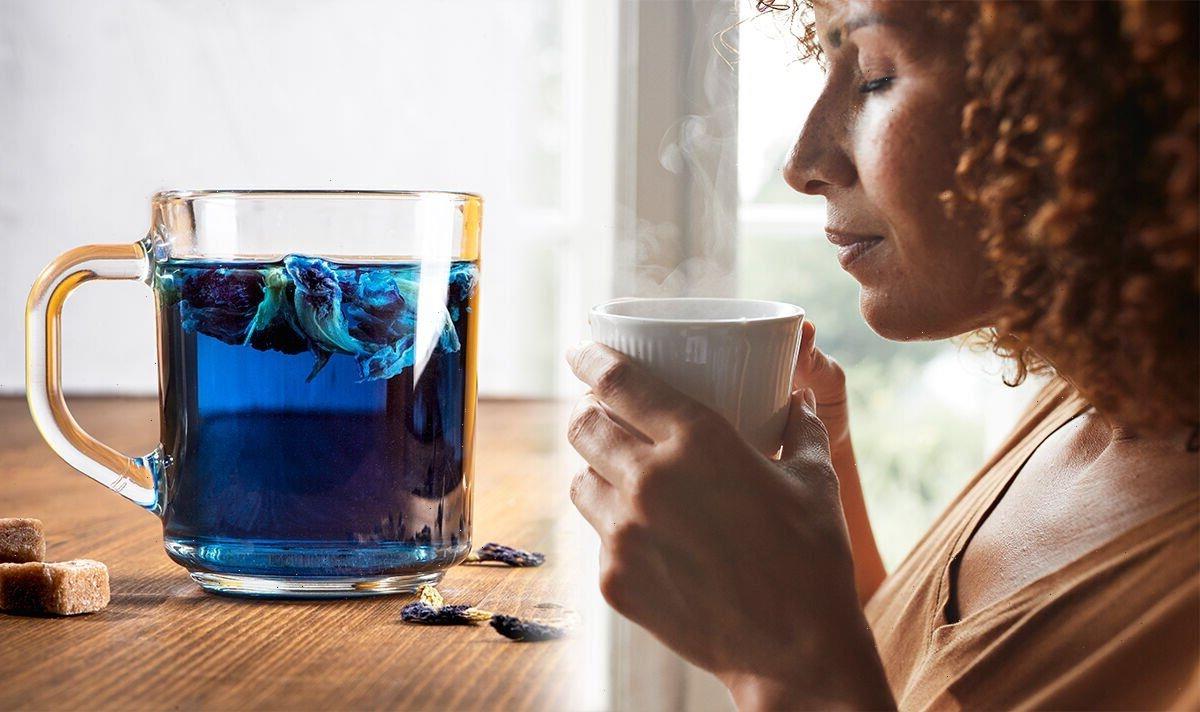Cancer: Role of autophagy in eliminating cancer cells
We use your sign-up to provide content in ways you’ve consented to and to improve our understanding of you. This may include adverts from us and 3rd parties based on our understanding. You can unsubscribe at any time. More info
The doctor, who authored Eat To Beat Disease, explains the butterfly pea flower (Clitoria ternatea) contains high levels of the antioxidant anthocyanin. Native to South East Asia, the dried blossoms have been used for centuries in the form of tea. The “blue-purple bioactive” contains health-boosting and medicinal properties.
Dr Li elaborated: “The compounds are cancer-fighting antioxidants. They starve and kill cancer cells as well as eliminate cancer stem cells.
“Anthocyanins also contain antiangiogenic properties. The impressive bioactives have also been shown to fight the effects of ageing and oxidative stress.
“While more research on anthocyanins is still needed, they seem to play a role in free radical damage.”
The caffeine-free herbal tea tastes similar to green tea, said Dr Li, who suggested swapping an afternoon builder’s tea for the butterfly pea flower tea.

Dr Li added: “When the blue pigment is mixed with an acid such as lemon juice, it turns into a bright fuchsia colour.”
Ways to reduce cancer risk
The Centres for Disease Control and Prevention (CDC) advise those wanting to minimise the risk of cancer to make “healthy choices” in life.
This includes: keeping a healthy weight; avoiding tobacco; limiting the amount of alcohol consumed; and protecting the skin against sun damage.
Cancer Research UK cautioned that “not all cancers can be prevented” but you can reduce your cancer risk by adhering to healthier choices.
According to research, the consumption of butterfly pea flower may also reduce the risk of diabetes.
One study, published in the BMC Complementary Medicine and Therapies journal, investigated how the drink could impact blood sugar and insulin levels.
While there was a small sample size of 15 people, those who consumed the herbal tea benefitted from reduced blood sugar and insulin levels.
Another study reported the antioxidant properties of butterfly pea flower might protect against cell damage and complications related to diabetes.

How to reduce diabetes risk
Type 2 diabetes doesn’t need to be an eventuality, especially if it runs in your family.
Two of the main ways to reduce the risk of developing type 2 diabetes is to eat healthily and to exercise frequently.
A healthy diet
To prevent the risk of high blood sugar levels, and the complications that can come with that, diet is paramount.
According to the charity Diabetes UK, there is evidence that unsweetened tea could reduce a person’s risk of developing type 2 diabetes.

Drinks to cut down on include fizzy and energy drinks, and sugary beverages – including fruit juices, smoothies and sweetened tea and coffee.
Instead, people are encouraged to “try plain water, plain milk, [and] tea or coffee without added sugar”.
General dietary guidance highlights the importance of fruit and vegetables, pulses, and healthier fats, which can be found in seeds and unsalted nuts.
As for exercise, it’s “key” to reducing diabetes risk, with able-bodied adults recommended to be active for at least 150 minutes each week.
1715240
Source: Read Full Article
